Imagine waking up to a reflection that defies the passage of time—could wrinkle fillers (dermal fillers) be your answer? You’ve likely heard about their ability to restore volume, smooth lines, and enhance contours with minimal downtime. But are they truly the secret to youthful skin, or just a temporary fix? Understanding how these fillers work, what they’re made of, and weighing their benefits against potential risks can help you make an informed decision. So, let’s explore whether these modern marvels hold the key to lasting youth, or if there’s more to ponder.
Key Takeaways
– Dermal fillers instantly restore facial volume and smooth fine lines, contributing to a youthful appearance.
– Hyaluronic acid in fillers enhances hydration and collagen production, improving skin elasticity and texture.
– Results from dermal fillers are immediate with minimal downtime, making them a convenient anti-aging solution.
– Periodic touch-ups are required to maintain the youthful effects of dermal fillers, ensuring long-term skin rejuvenation.
– Professional consultation ensures personalised treatment plans, optimising the benefits and minimising risks of dermal fillers.
Understanding Wrinkle Fillers
Understanding dermal fillers requires a thorough look at their composition, functionality, and the science behind their effectiveness in restoring youthful skin. Dermal fillers are primarily composed of substances like hyaluronic acid, calcium hydroxylapatite, and poly-L-lactic acid. These compounds have been meticulously studied for their roles in skin rejuvenation and as effective anti-aging solutions.
Hyaluronic acid, for instance, is a naturally occurring substance in your skin that retains moisture, providing plumpness and hydration. Scientific research shows that when injected, it integrates with your skin tissue, replenishing lost volume and smoothing out wrinkles.
Calcium hydroxylapatite, another filler component, stimulates collagen production, which is essential for maintaining skin’s elasticity and firmness.
Poly-L-lactic acid works by gradually encouraging your skin to produce more collagen over time. This extended process leads to a more natural and enduring transformation. Studies have demonstrated that these fillers aren’t only effective but also safe when administered by qualified professionals.
How Dermal Fillers Work
When you receive a dermal filler injection, the active compounds immediately start interacting with your skin’s underlying structures to restore volume and smooth out wrinkles. These fillers, often containing hyaluronic acid or other biocompatible substances, integrate seamlessly with your skin’s extracellular matrix. This process promotes skin rejuvenation by stimulating collagen production and enhancing hydration.
Filler effectiveness varies depending on the type of filler used and the target areas. Typically, you can expect:
– Immediate results with minimal downtime.
– Enhanced plumpness and elasticity.
– Reduction in fine lines and deep wrinkles.
– Improved facial contours.
The longevity of dermal fillers is another vital factor. While some fillers last between six to twelve months, others can maintain their effects for up to two years. However, individual results may vary based on factors like age, skin type, and the specific formulation used. To sustain the youthful appearance, periodic maintenance treatments are often required.
Medical studies support the safety and efficacy of dermal fillers for achieving significant skin rejuvenation. These treatments are minimally invasive and can be tailored to meet individual aesthetic goals. By understanding the mechanisms behind dermal filler effectiveness, you can make informed decisions about your skin’s long-term health and beauty.
Types of Wrinkle Fillers (Dermal Fillers)
Among the various types of dermal fillers, hyaluronic acid-based fillers are the most commonly used due to their proven efficacy and safety profile. Hyaluronic acid, a naturally occurring substance in your skin, attracts water, providing hydration and volume. Popular brands like Juvéderm and Restylane have set high standards, offering various formulations tailored for different facial areas and purposes.
Calcium hydroxylapatite fillers, such as Radiesse, provide another option, particularly effective for deeper wrinkles and volume loss. Composed of calcium and phosphate ions, these fillers promote collagen production, offering longer-lasting results.
Poly-L-lactic acid fillers, like Sculptra, are bio-stimulatory agents that work gradually by stimulating collagen synthesis. These fillers are ideal for patients seeking a natural, gradual improvement.
The injection process varies slightly depending on the filler type. Generally, a fine needle or cannula is used to inject the filler into targeted areas. The procedure typically involves minimal discomfort, thanks to the inclusion of lidocaine in many formulations.
Benefits of Dermal Fillers
Dermal fillers offer a myriad of benefits, including the immediate restoration of facial volume, smoothing of fine lines and wrinkles, and enhancement of natural contours, all of which contribute to a more youthful appearance. When it comes to skin rejuvenation, dermal fillers provide long lasting results, making them a popular choice for those seeking non-surgical aesthetic improvements.
The use of hyaluronic acid-based fillers, for instance, enhances hydration and stimulates collagen production, which further augments the skin’s natural looking, youthful appearance. Clinical studies have shown that patients experience significant improvements in skin texture and elasticity post-treatment.
Here are some key benefits of dermal fillers:
– Immediate Results: Noticeable improvements are often visible right after the procedure.
– Minimal Downtime: Most treatments require little to no recovery time, allowing you to resume daily activities swiftly.
– Customisable Treatments: Fillers can be tailored to address specific concerns, from volume loss to fine lines.
– Long Lasting Results: Depending on the type of filler used, results can last from several months to over a year.
Risks and Side Effects
While dermal fillers are generally safe, they do carry some risks and possible side effects that you should be aware of before undergoing treatment. Common reactions can include redness, swelling, and bruising at the injection site. These typically resolve within a few days. However, more serious potential complications can arise, such as infection, granulomas (small lumps under the skin), and vascular occlusion, where the filler inadvertently blocks a blood vessel.
Safety concerns also extend to the long-term effects of dermal fillers. Over time, the repeated use of fillers can lead to skin stretching or irregularities in facial contours. Some individuals may experience delayed hypersensitivity reactions, manifesting as swelling or lumps months after the procedure. Additionally, if the filler is administered improperly, it can lead to asymmetry or even tissue necrosis.
Scientific evidence suggests that while the risk of severe adverse events is low, it’s important to have the procedure done by a qualified and experienced medical professional. This minimises the likelihood of complications and guarantees that any issues are promptly and effectively managed.
Always discuss these safety concerns with your healthcare provider to make an informed decision about dermal fillers.
Comparing Dermal Fillers to Other Treatments
In comparing dermal fillers to other skin rejuvenation treatments, you’ll find that each option offers unique benefits and limitations based on scientific evidence and clinical outcomes. Dermal fillers, primarily composed of hyaluronic acid, provide immediate volume and can last from six months to two years. They’re ideal for addressing deep wrinkles and facial volume loss.
When considering Botox vs fillersIt’s worth mentioning that Botox targets dynamic wrinkles caused by muscle movements, such as crow’s feet and frown lines. In contrast, fillers are better for static wrinkles and volume restoration.
The choice between surgical vs non-invasive treatments also plays a significant role. Surgical options like facelifts offer more dramatic and longer-lasting results but come with higher risks, longer recovery times, and increased costs. Non-invasive treatments, such as dermal fillers, offer quicker recovery and lower risk but require periodic maintenance.
Here are some considerations:
– Immediate results: Dermal fillers provide instant volume and contouring.
– Recovery time: Non-invasive treatments like fillers have minimal downtime.
– Longevity: Surgical options may last longer but involve more risk.
– Target areas: Botox is best for dynamic wrinkles, while fillers address volume loss.
Understanding these factors can help you make an informed decision tailored to your aesthetic goals and medical needs.
Expert Opinions on Dermal Fillers
Leading dermatologists and aesthetic practitioners unanimously agree that, for both immediate and natural-looking results, dermal fillers offer a reliable solution backed by extensive clinical data. These experts highlight that the hyaluronic acid-based formulations not only restore volume but also stimulate collagen production, enhancing skin elasticity.
Celebrity endorsements have further amplified the popularity of dermal fillers, showcasing dramatic before and after results that attest to their effectiveness.
From a scientific perspective, dermal fillers are considered cost-effective compared to surgical alternatives. They require minimal downtime and present fewer risks, making them an attractive option for patients. Medical professionals emphasise the importance of understanding the long term effects, which include the gradual metabolisation of the filler substance and the necessity for periodic touch-ups to maintain excellent results.
Furthermore, the use of dermal fillers has been extensively studied and validated through clinical trials, highlighting their safety profile and efficacy. The combination of immediate visible improvement and longevity of results makes dermal fillers a preferred choice for those seeking non-invasive aesthetic enhancements.
Real-Life Experiences
Patients often report considerable satisfaction with dermal fillers, citing improved facial volume and reduced signs of ageing as key benefits. These personal results are typically documented through user testimonials, which provide valuable insights into the effectiveness of these treatments. Many individuals experience age-defying transformations that not only enhance their appearance but also boost their self-esteem.
Consider these common outcomes shared by users:
– Enhanced Facial Contours: Many patients notice a more defined jawline and fuller cheeks after treatment.
– Reduced Wrinkles: Fine lines and deeper wrinkles are often notably diminished, contributing to a smoother complexion.
– Immediate Results: Unlike some other treatments, dermal fillers offer instant improvements, with minimal downtime required.
– Long-Lasting Effects: Depending on the type of filler used, the results can last from several months to over a year.
Scientific studies corroborate these user testimonials, indicating that dermal fillers can effectively restore youthful characteristics. The hyaluronic acid-based fillers, in particular, help in achieving glowing skin by retaining moisture and promoting collagen synthesis.
When considering dermal fillers, consulting with a qualified medical professional is crucial to ensure the best possible outcomes tailored to your individual needs.
Frequently Asked Questions
How Long Do Dermal Fillers Typically Last?
Dermal fillers typically last 6 to 18 months. Your maintenance schedule depends on the type of filler used. Pros include immediate results and minimal downtime, while cons involve potential side effects and the need for periodic touch-ups.
Can Dermal Fillers Be Reversed if I’m Unhappy With the Results?
Imagine a painting you can erase: Dermal fillers can indeed be reversed if you’re unhappy with the results. Reversal options, such as hyaluronidase, guarantee satisfaction, offering a safety net. Consult your doctor about alternative treatments and medical advice.
Are There Any Age Restrictions for Getting Dermal Fillers?
There aren’t strict age restrictions for dermal fillers, but your provider will consider your overall health, potential side effects, and recovery time. Typically, individuals under 18 require parental consent and a thorough medical evaluation.
What Should I Avoid Doing After Getting Dermal Fillers?
After getting dermal fillers, avoid strenuous post-treatment activities and sun exposure. Precautions like not touching the area minimise common side effects such as swelling or bruising. Prevent complications by adhering to your clinician’s advice and avoiding alcohol.
How Much Do Dermal Filler Treatments Usually Cost?
The average prices for dermal filler treatments range from $500 to $2,000 per syringe, depending on the type and provider. Affordability options include financing plans or package deals, which can help manage treatment costs effectively.
Conclusion
So, are dermal fillers truly the secret to youthful skin?
By harnessing the body’s natural components like hyaluronic acid, these fillers offer immediate and long-lasting rejuvenation with minimal downtime.
While they come with some risks, the benefits often outweigh the drawbacks for many.
Isn’t it worth considering this scientifically-backed, non-invasive option to enhance your natural beauty?
Consult with a qualified professional to determine if dermal fillers are right for you.




